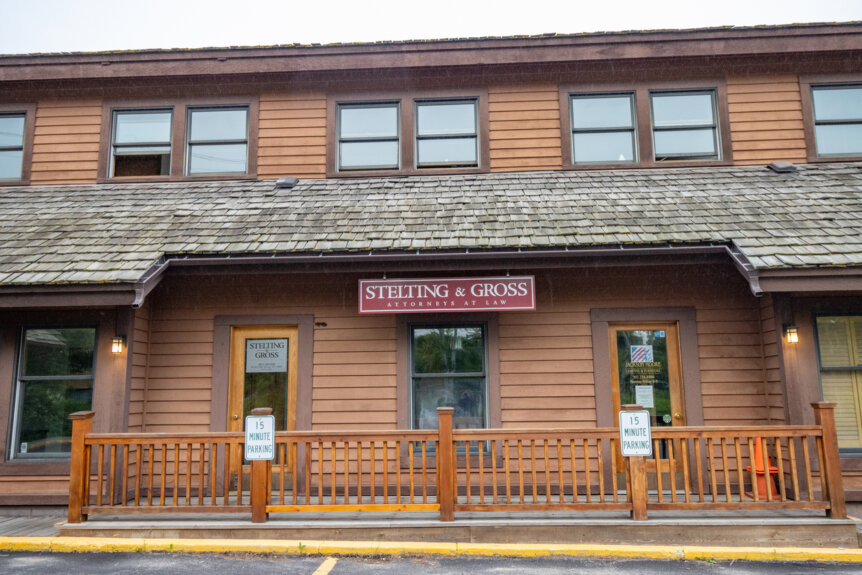Legal Deserts Widen Across Rural America
A recent Iowa State University study reveals that over half of non‑metropolitan U.S. counties now qualify as ‘legal deserts,’ with 11% classified as critically underserved — meaning severe shortages of private‑practice attorneys. In Iowa alone, 18 of 99 counties fall into urgent or critical categories.
Because many licensed attorneys work in government, academia, or large firms, the shortage in private, locally available legal services is even starker than headline counts suggest.
States Try Incentives to Bring Lawyers to the Countryside
To confront these shortages, several states are deploying incentive programs to attract attorneys to rural communities. South Dakota’s Rural Attorney Recruitment Program, for instance, offers multi‑year stipends and loan repayment to those who commit to rural practice. Illinois has experimented with fellowship models granting stipends (e.g., $5,000–$10,000) plus mentorship and support to attorneys who serve in rural firms.
These programs show early promise in retention and impact — but scaling them is challenging. Funding, political will, and tailoring incentives to local needs remain significant barriers. Some scholars propose complementing these efforts by licensing legal paraprofessionals (LLPs) to perform restricted legal tasks in places where full attorneys cannot be recruited.
Spotlight: Community‑Center Legal Model in Urban Underserved Areas
While not strictly rural, the launch of the Freedom Defense Center of Roseland in Chicago’s South Side offers a model of bringing legal advocacy into communities. By situating public defense, case management, restorative justice, and legal education under one roof in the neighborhood, the Center embodies a more holistic, community‑anchored approach to access. Cook County officials used American Rescue Plan funds to establish it, emphasizing that legal systems should not simply process cases but protect rights and connect with communities.
Though urban in geography, this model underscores a principle applicable in rural settings: bringing legal resources closer to people, rather than expecting clients to travel long distances.
Addressing Legal Deserts: Incentives for Rural Attorneys
Over 40% of U.S. counties are classified as “legal deserts,” with fewer than one attorney per 1,000 residents. To combat this, states like North and South Dakota have implemented annual stipend programs encouraging attorneys to practice in rural areas. For instance, South Dakota offers a $12,513 annual stipend for five years to attorneys who commit to practicing in counties with populations under 10,000. Similarly, North Dakota provides $9,000 annually for five years. These programs are funded collaboratively by the state judicial branch, state bar association, and local counties. In Illinois, the State Bar Association’s Rural Practice Associate Fellows Program offers a $10,000 stipend for a one-year commitment in rural law firms. While these initiatives show promise, challenges remain, particularly regarding political support and the sustainability of funding.
Takeaways for Rural Practitioners & Advocates
-
Know where the gaps are. Mapping efforts — such as those in the ISU study — can help target incentive programs to counties most in need.
-
Push for flexible incentive models. One-size-fits-all stipend programs may not overcome local economic, social, or geographic obstacles.
-
Explore paraprofessional licensing. LLP programs or ‘legal navigators’ may help fill the space where attorneys are rare.
-
Look beyond lawyers. The Roseland model shows the power of wraparound services, education, and embedding legal support in communities.
-
Build for retention. Recruiting is critical — but keeping attorneys in rural settings requires support, mentorship, infrastructure, and community connections.

